The Girls Scouts sue the Boy Scouts for trademark infringement and dilution
The Boy Scouts of America was founded in 1910 and has operated under the shorthand name of the “Boy Scouts” from the outset. On May 2, 2018, however, the Boy Scouts of America announced a new name for the association: “Scouts BSA.” Lost in the cultural dispute over whether the Boy Scouts should have included girls and what this means for the Boy Scouts as an organization – a trademark battle emerged.
On November 6, 2018, the Girl Scouts of the United States of America sued the Boy Scouts of America in federal court[1] for trademark infringement, unfair competition, federal trademark dilution, and tortious interference with prospective economic advantage, along with a request to cancel or modify the registration of the SCOUTS® trademark which the Boy Scouts previously acquired from an unaffiliated university.
The moment the Boy Scouts of America adopted the SCOUTS or SCOUTS BSA marks to include girls into their ranks, this conflicted with the pre-existing and concurrent uses of the Girl Scouts’ own GIRL SCOUTS® trademark registration(s) and related marks.
An interesting trademark dispute therefore presents itself to us for analysis.
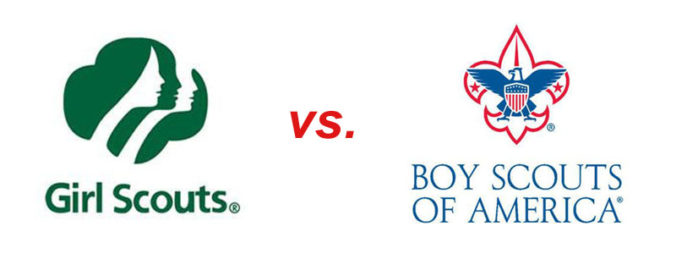
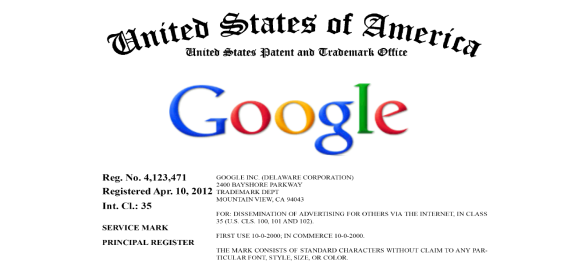

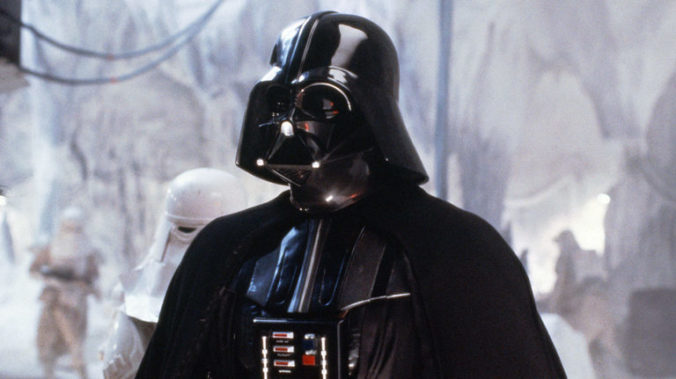
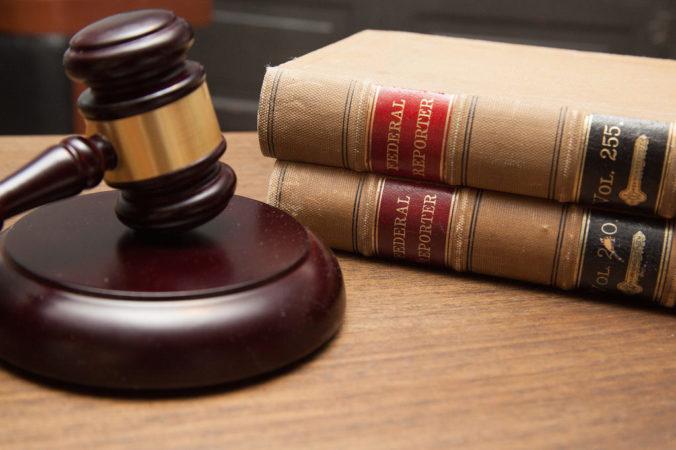

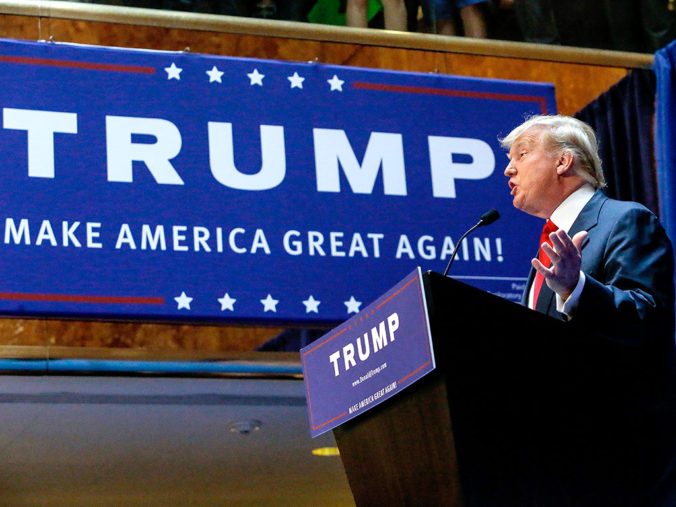
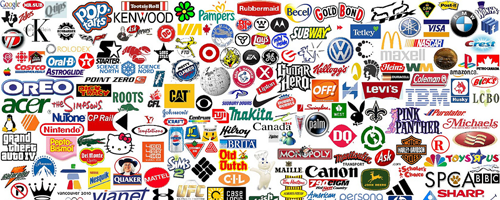
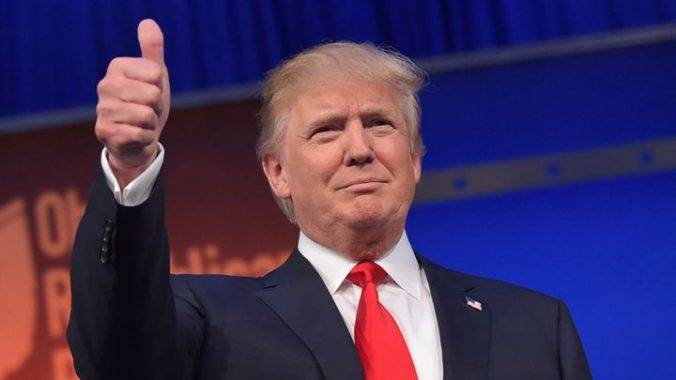
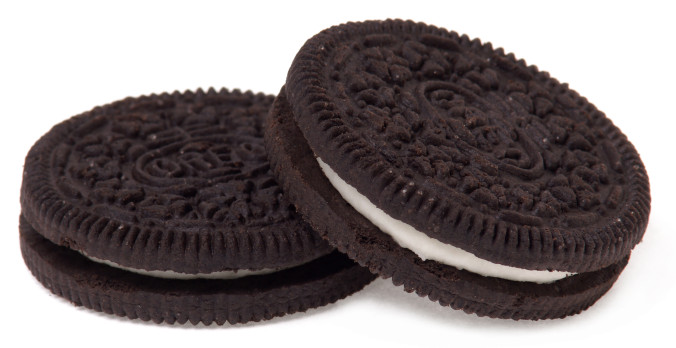
Recent Comments